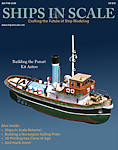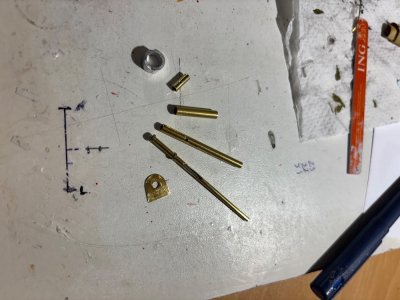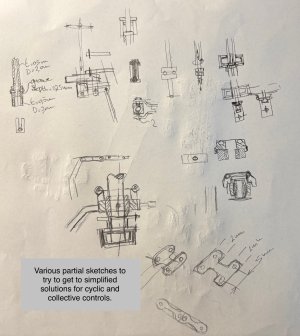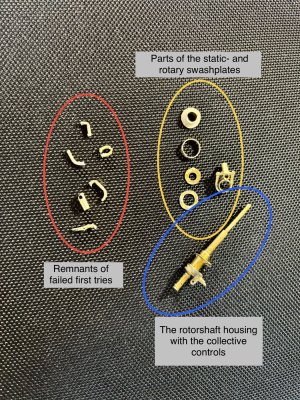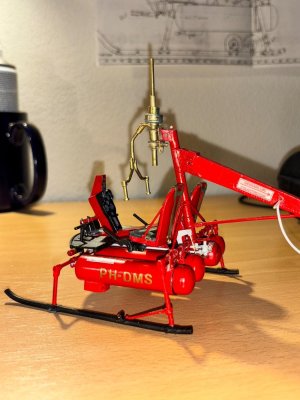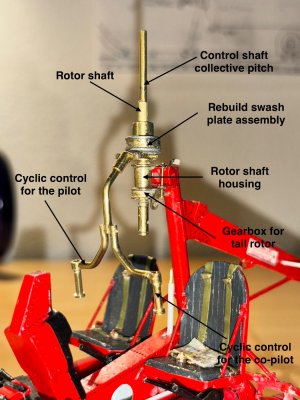- Joined
- Sep 3, 2021
- Messages
- 5,174
- Points
- 738

Modeling wise, I think I'm at the pivot point of the build; I now have to turn my attention towards the rotorhead and since I determined that I wanted to have functional flight controls, I manoeuvred myself in a tight corner.
Basically all manoeuvrability and speed stems from the changing the (differential) pitch of the rotor blades (apart from the tail rotor, which controls the torsion around the vertical axis) and is accomplished through a complex system of linkages, connected to the collective pitch control lever and the cyclic controls, co trolled by the pilot. This all comes together in the rotorhead with shafts, both plane- and roller bearings, linkages, seas, fuel lines, ignition harnesses, main rotor axle, gears for the tail rotor drive, just to name a few of the components. Since the available space is quite limited, it's quite impossible to replicate all parts in scale 1:24. This means I have to make a simplified design for the rotor head and that's what I'm currently working on, without tangible results yet.
To give you an idea of the complexity of the rotorhead, the drawing below, which I was fortunate enough to obtain at the NLR, shows the details:
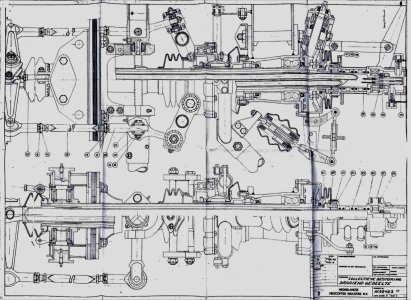
At the moment I'm considering a main shaft diameter of 3mm and a collective control shaft of 2mm, which leaves me with a 1 mm diameter free opening for fuel and ignition lines/harnesses. The first task I picked up was the simplified design of the controls for the collective pitch. It took me a couple of hours, but I still need to also determine the details for the other cyclic controls, before being able to start work on a physical model. And that's just one of the many challenges I'm facing. TBC.
Basically all manoeuvrability and speed stems from the changing the (differential) pitch of the rotor blades (apart from the tail rotor, which controls the torsion around the vertical axis) and is accomplished through a complex system of linkages, connected to the collective pitch control lever and the cyclic controls, co trolled by the pilot. This all comes together in the rotorhead with shafts, both plane- and roller bearings, linkages, seas, fuel lines, ignition harnesses, main rotor axle, gears for the tail rotor drive, just to name a few of the components. Since the available space is quite limited, it's quite impossible to replicate all parts in scale 1:24. This means I have to make a simplified design for the rotor head and that's what I'm currently working on, without tangible results yet.
To give you an idea of the complexity of the rotorhead, the drawing below, which I was fortunate enough to obtain at the NLR, shows the details:

At the moment I'm considering a main shaft diameter of 3mm and a collective control shaft of 2mm, which leaves me with a 1 mm diameter free opening for fuel and ignition lines/harnesses. The first task I picked up was the simplified design of the controls for the collective pitch. It took me a couple of hours, but I still need to also determine the details for the other cyclic controls, before being able to start work on a physical model. And that's just one of the many challenges I'm facing. TBC.


